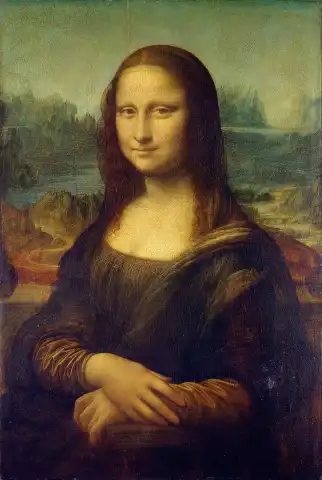

Hand painted reproductions of Josep De Togores
Josep de Togores: A Pioneer of Catalan Surrealism and Modern Art
Early Life and Artistic Development
Josep de Togores (1893–1970) was a Spanish painter known for his evolution from early naturalism to Surrealist-inspired modernism. Born in Barcelona, he studied at the Academy of Fine Arts and developed his craft in Paris, where he mingled with avant-garde artists. His early works were influenced by impressionism and post-impressionism but later embraced surreal and cubist elements, reflecting his artistic versatility.
Key Works and Signature Style
Togores is celebrated for works like The Bathers and The Lovers, which showcase his transition from realistic depictions to abstracted, dreamlike compositions. His art often blended traditional techniques with modernist experimentation, emphasizing human figures and natural landscapes imbued with surreal elements.
Technique and Artistic Innovations
Togores' work combined meticulous realism with avant-garde innovations, marked by fluid lines, atmospheric lighting, and experimental forms. His later surrealist works displayed dreamlike imagery and symbolic overtones, influenced by both Catalan culture and international modernist movements.
Legacy and Enduring Influence
As a key figure in early 20th-century Spanish art, Togores bridged classical techniques with the revolutionary spirit of modernism. His contributions to Catalan art and his role in introducing surrealist themes into Spanish painting have solidified his legacy. His works continue to be celebrated in exhibitions across Spain and Europe.
Where to Buy Reproductions of Josep de Togores’ Work
Immerse yourself in the innovative artistry of Josep de Togores with premium reproductions available at POD. Featuring his iconic works, these pieces bring a touch of surrealist elegance to your collection or living space.
Imagine owning an original work of art by Josep De Togores, one of the greatest artists in history. At POD we offer you the opportunity to make this dream come true. We reproduce Josep De Togores's works down to the smallest detail, so you can enjoy them in your own home.
Our reproductions are made by experienced artists who use the best materials and techniques. We are dedicated to providing you with the highest quality works of art, which will bring joy and inspiration to your family for generations.









